×
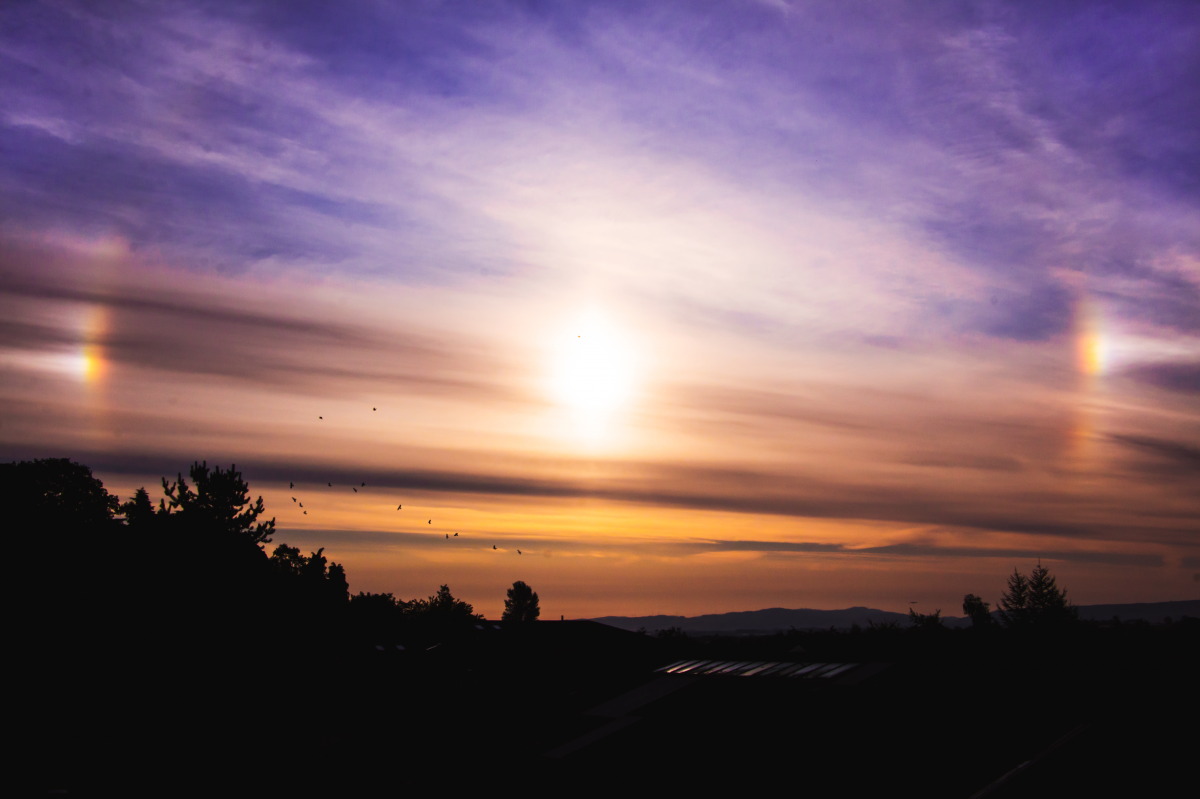

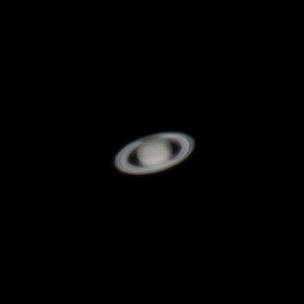
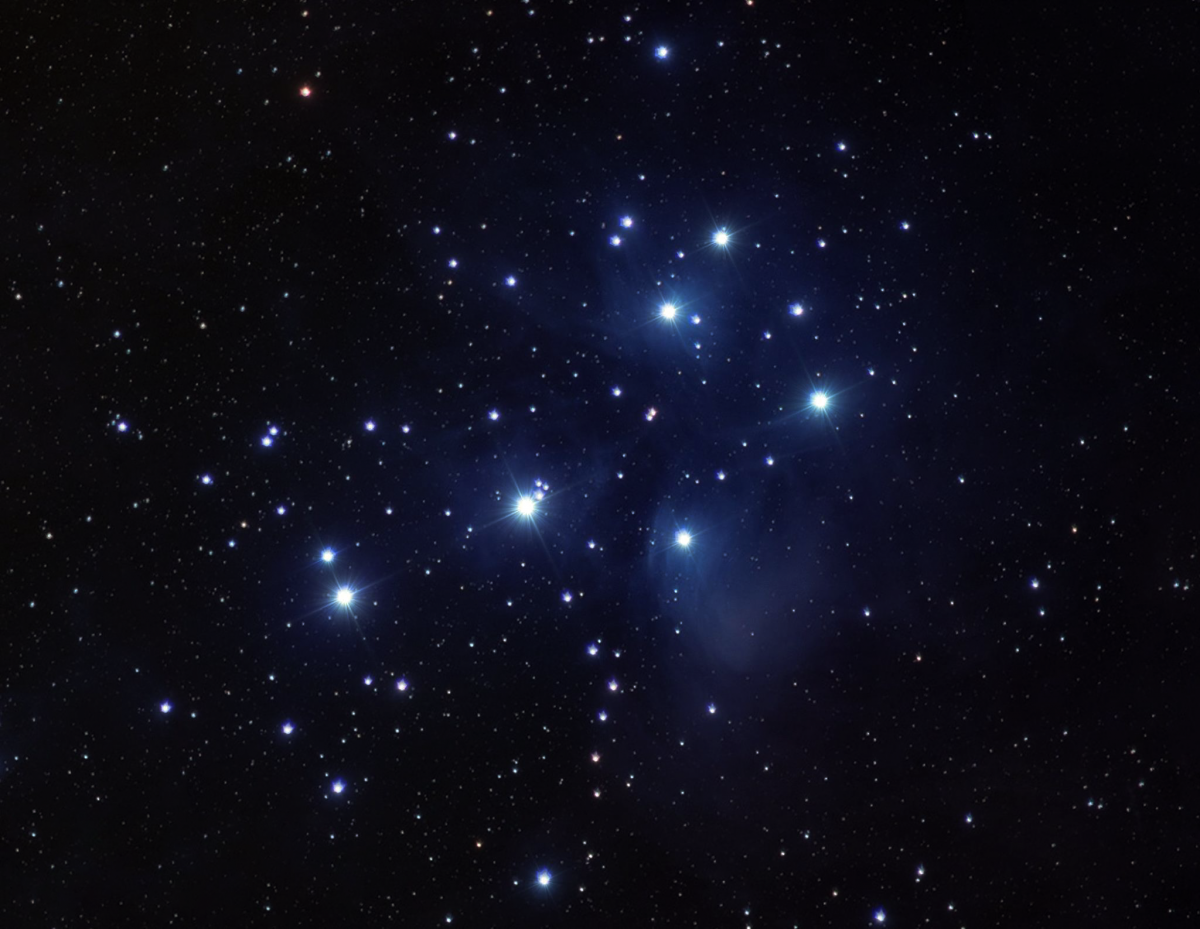

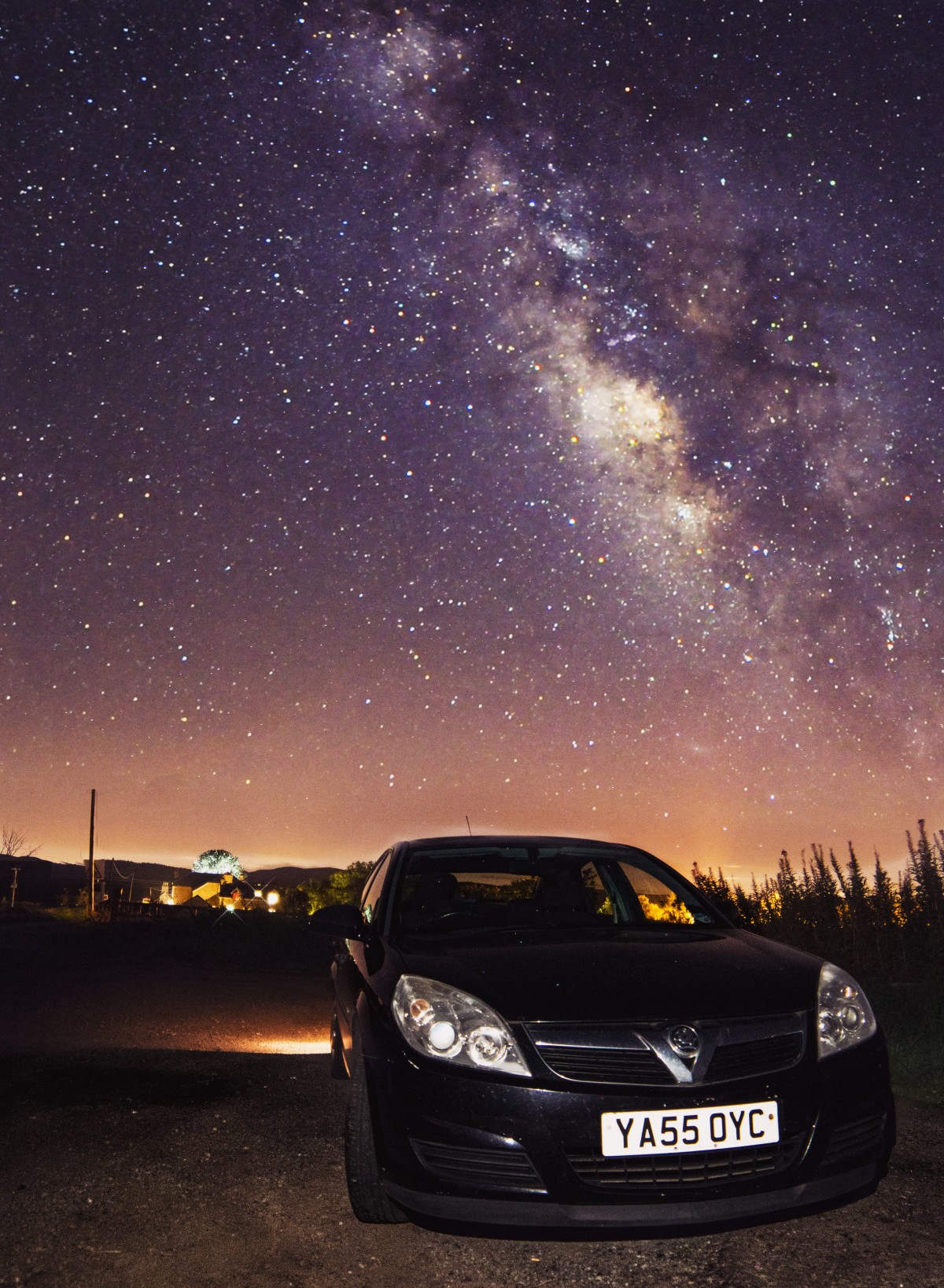
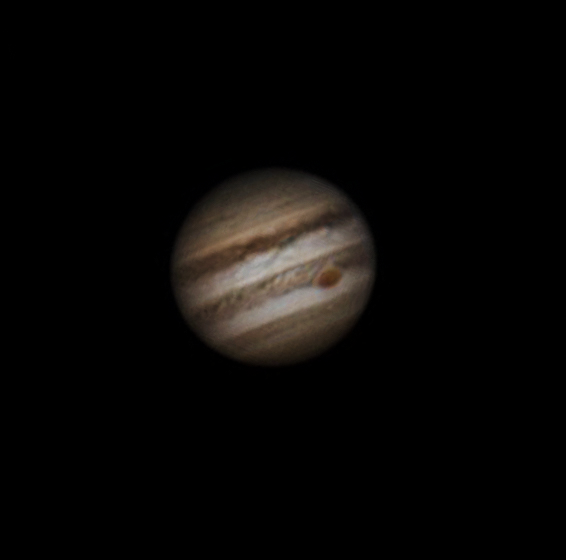
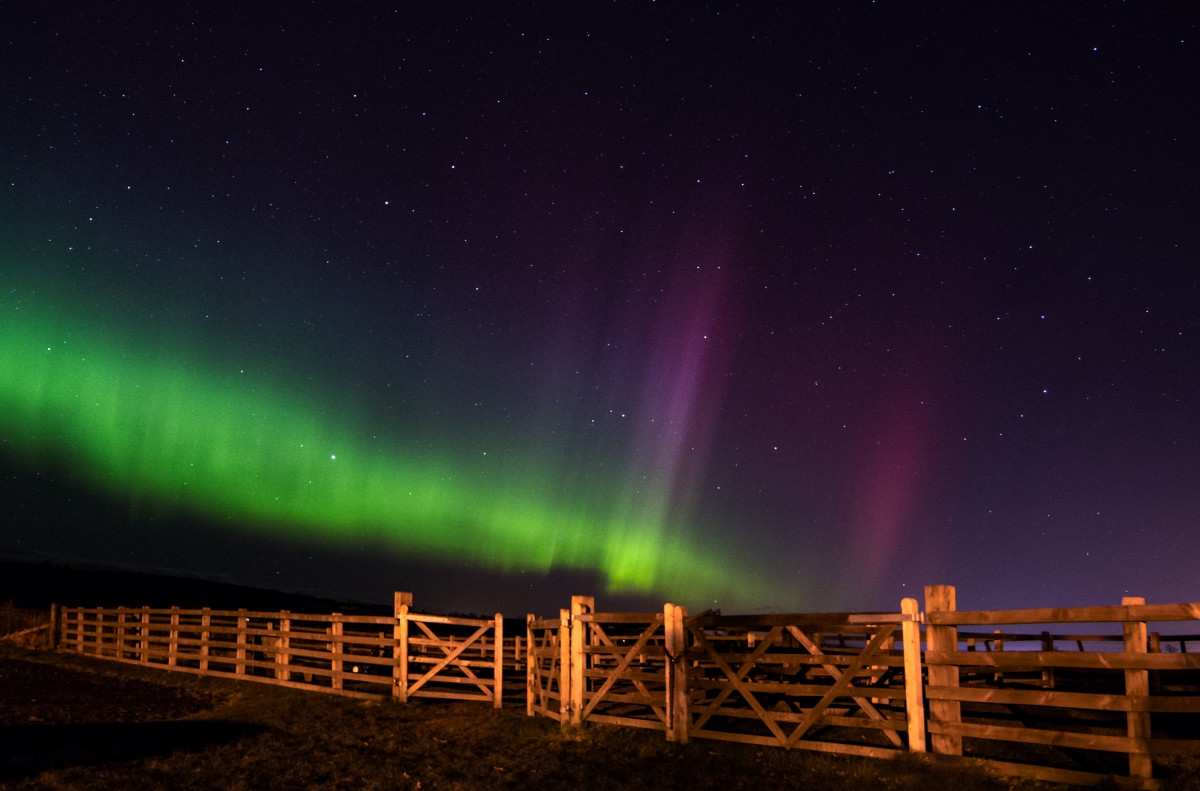

05 December 2018
You may remember Nadine from our recent Workdays & Weekends feature with her this year. By day a high school English teacher, by night she pursues a very unique hobby in astrophography.
"I like to dabble in daytime photography, but my passion is for astrophotography. It’s so exciting being able to capture the swirling cloud bands of Jupiter or the distant glow from galaxies millions of light-years away all from your back garden.", Nadine told us.
We were so blown away by the images she sent us that we asked her if she'd like to share some of her photography with us for this week's gallery - and she happily obliged!
It can be really humbling to think about the massive size of the universe - we really are just a tiny dot.
The galaxy that our solar system resides in is, as you may know, the Milky Way. The upper estimate of stars it contains is 400 billion. Given this, you may be surprised to know that the Milky Way has been estimated to make up...wait for it.....
0.00000000000000042% of the Universe. Yep. It's hard to even conceive.
Another mind-bending fact: you could fit 1,300,000 "Earths" inside our Sun - but each star we can see in the night sky with the naked eye is bigger than our Sun.
Food for thought the next time you're gazing up at the night sky, right?
We invite you to lose yourself in the swirling galaxies, nebulas, and celestial neon skies captured through Nadine's lens. Nature really is mind-blowing, strange and beautiful all at once.
***
Follow Nadine on Twitter here!
Check out her Workdays & Weekends feature with us!